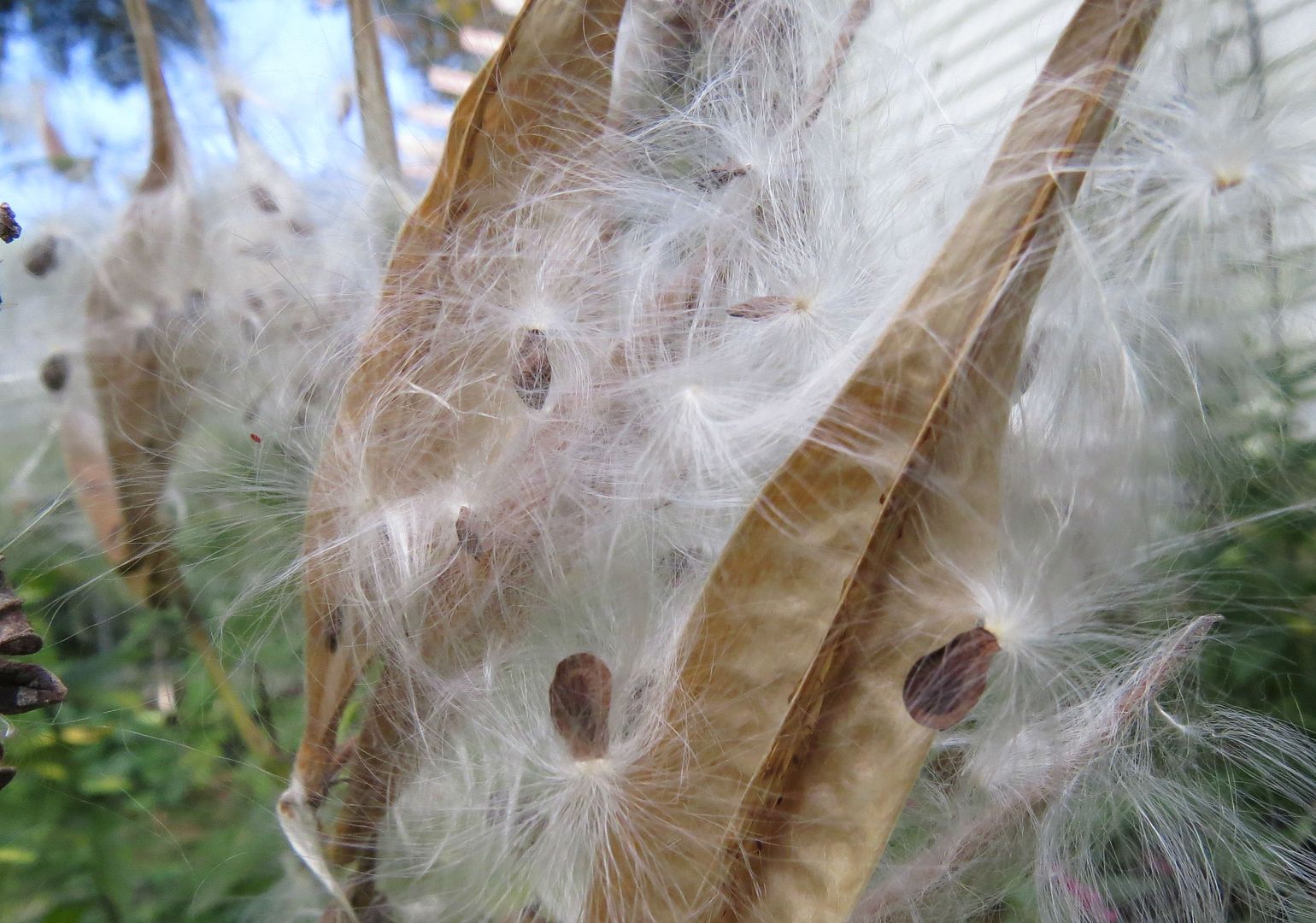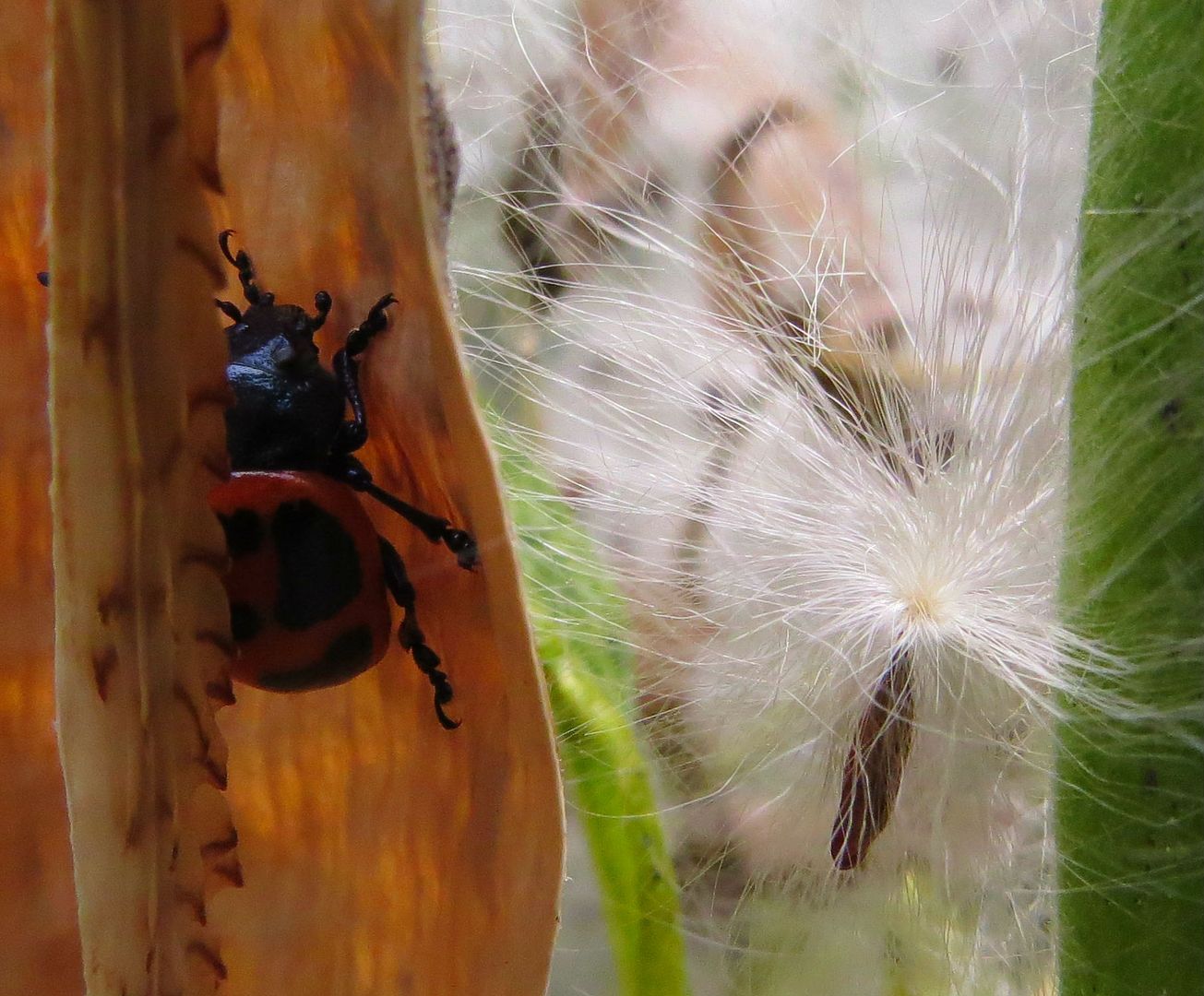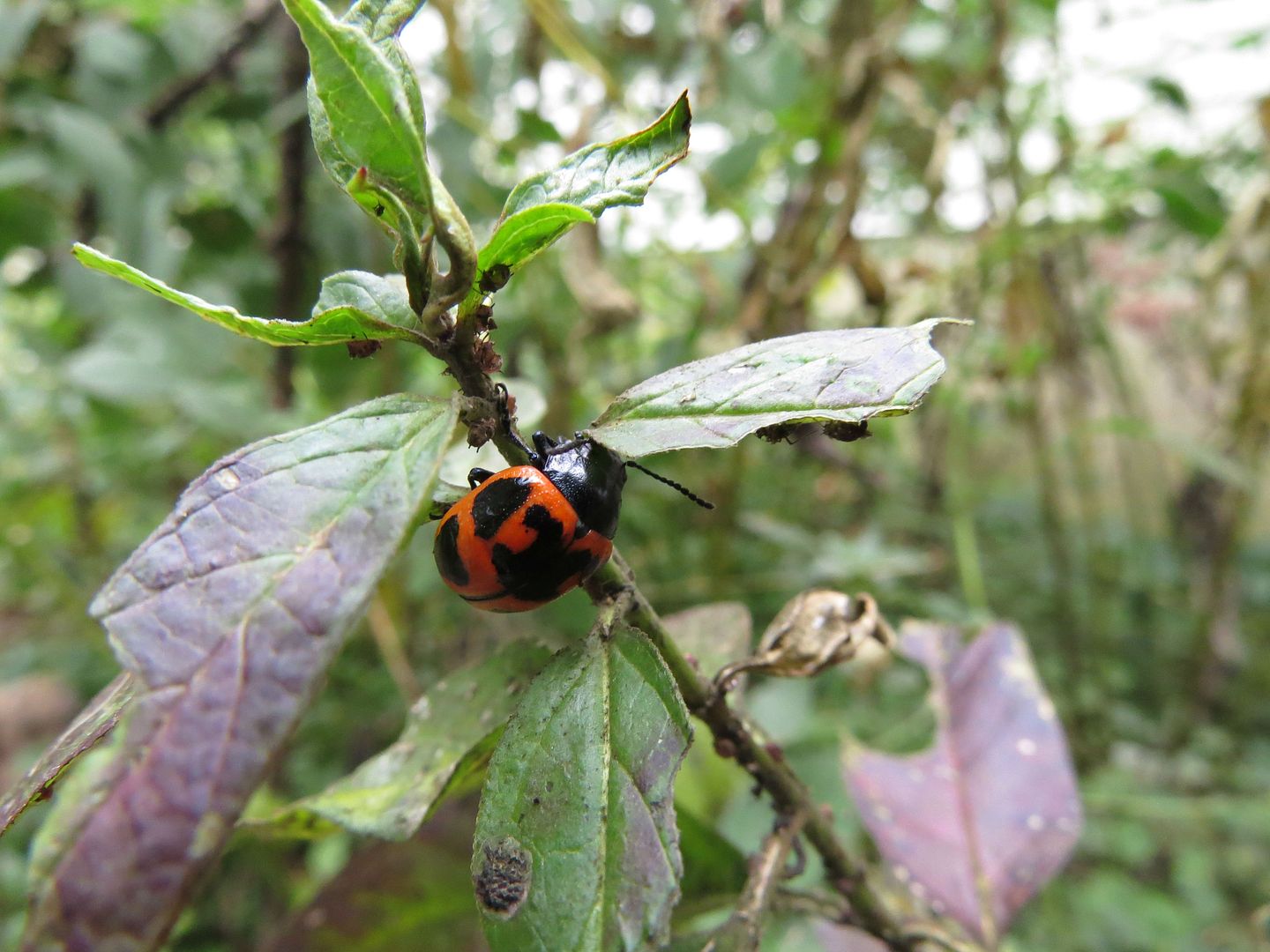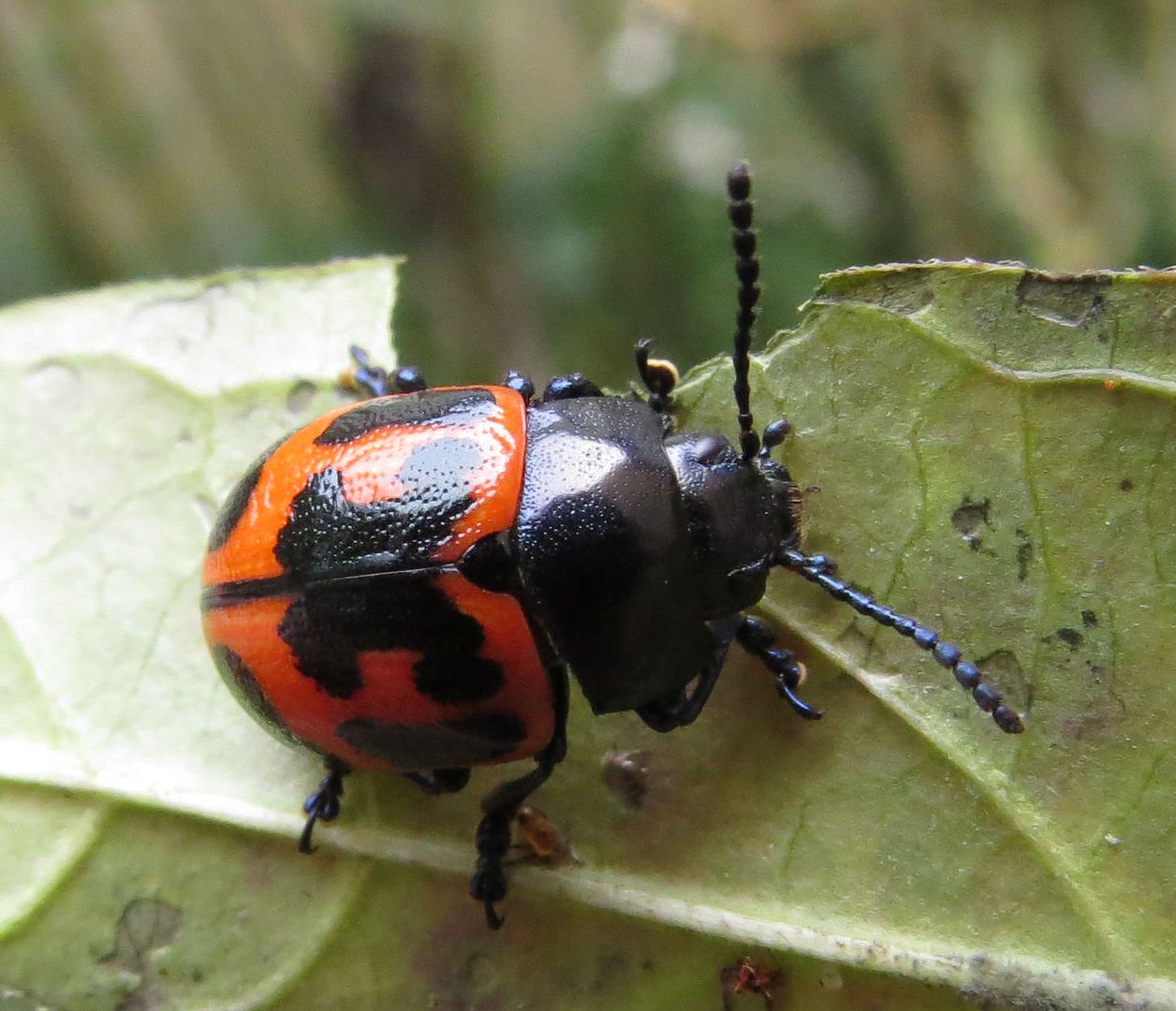Well, this year was abysmal for Monarchs in my garden. I don't recall them ever being that prevalent even before I started planting their host plants. We usually didn't see them until August when they'd already started migrating back south. They tended to gather more along the coastal parts of New Jersey and in old fields and ditches where milkweed grows wildly. I live more inland on the Delaware River side of NJ and there aren't a whole lot of fields or ditches to speak of here. They're still around of course but mostly they'd just pass through and be on their way.
The first native plant I decided to buy was actually Swamp Milkweed, Asclepias incarnata. I bought them originally because I wanted an environmentally friendly nectar source for my honeybees. I didn't know squat about plants at the time and bought them from Forest Farm Nursery, which I've found to be rather expensive but they have a great selection if you need something. They were planted just after July I think, which is past their usual time for flowering, especially for transplants that had been shipped from California (Oregon?). While I was bummed that I wouldn't see any bees on them, I eventually found out they were the host plant to the Monarch Butterfly. I remember thinking "Oh that's neat." So I go outside to look at them and wouldn't you know it, there's a female Monarch out there fluttering around and dotting the underside of leaves with her eggs, like right then and there! About a month or so later I found a chrysalis right on the plant, which is unusual because they normally abandon the host plant in the last instar. Yet more unusual was the fact that I then watched that same chrysalis hatch ten days later. Truly, I've never had the stars align so perfectly before in my life. I was brought to tears watching this first butterfly hatch (which is a little odd for a male in his 20's). This moment really stuck with me, watching it unfold its wings and attempt to fly with a passing breeze, and then finally fluttering off never to be seen by me again.
I've tried to create this moment by sharing it with friends whenever I can but for whatever reason they're not taken by it the way I was. It's always "Oh that's neat," and they think nothing of it. Meanwhile I've spiraling into a plant buying obsession over the years and regularly spend $500 a year on plants. This year's bill was more than $800!
While I've seen Monarchs flying around, none have decided to grace my garden with caterpillars this year. Their seeds are now blowing in the wind, and I hope to get more plants established in the yard. The plants haven't gone to waste though. Swamp Milkweed Beetles are really starting to become common in my yard.
The year started out with just one nibbling on the buds to my Purple Milkweed... which I then relocated to a Swamp Milkweed. Presumably she was a female because now there are dozens of them all over my plants. I've found their larva (grubs?) which look sort of like Potato Bug larva if you've ever seen those. They're in the same family of "leaf beetles" which require specific host plants the way most moths and butterflies do.
They nibble on the leaves, well past the life span of the bright orange/yellow Oleander Aphids. Here you can see the aphids have all died; one chilly night in the 40's and they're dead it seems. The beetles persist on though. (There was also a cluster of Milkweed Bugs which the cold may have done in too! I don't see them in the garden anymore.)
Adults over winter in leaf litter and shallow burrows in the earth. They emerge early in the spring with their host plants. They then lay their eggs for the next generation, and die.
While I can't do much about illegal logging in Mexico, or Herbicide use in Texas, hopefully I'll get to seem Monarchs in my garden again someday.




